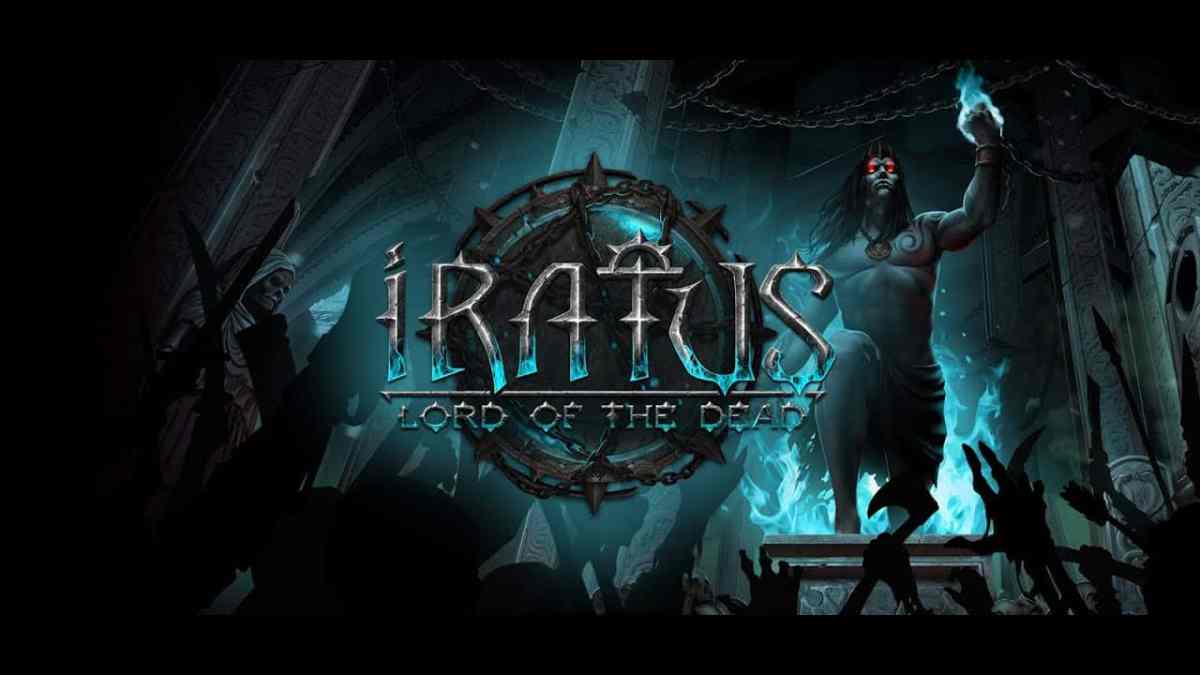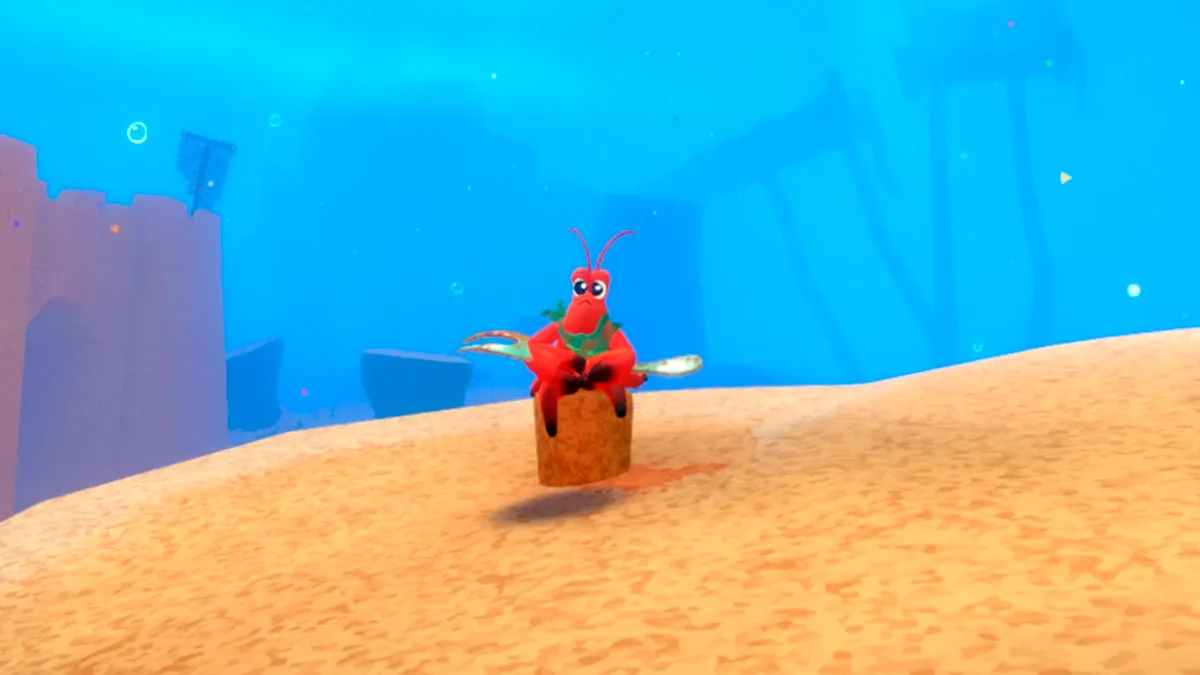Poor Iratus was struck down on the eve of world conquest, his undead horde scattered to the earth. But a good villain never stays dead, least of all a master of necromancy. Starting from the deepest bowels, Iratus must raise a new army of undead monsters to scour dungeons in this compelling tactical-strategy roguelike RPG, Iratus: Lord of the Dead.
Iratus plays like a reverse Darkest Dungeon. Instead of grim heroes delving into dungeons and braving increasing horrors, Iratus is hell-bent on bringing those horrors to the surface. He is a powerful necromancer, but he needs an army — and what better way to craft an army than from the body parts of his slain enemies?
After choosing a difficulty level, I was left staring at Iratus’ glowing eyes and heaving chest. (Being an immortal necromancer is great for the body, apparently.) In the sanctum I could create new minions by forging certain body parts together, construct and upgrade buildings in the graveyard that provide stat bonuses, healing, and items, and research new spells and abilities as Iratus gains experience.
I spent most of my time in the dungeon map. The procedurally generated dungeons take a cue from Slay the Spire, providing multiple branching paths that lead to different events and battles. Iratus’ dungeons are far more detailed, however, revealing enemy compositions and specific areas of interest, such as graves that provide new minions, fountains that can restore mana or health, and quests that offer choices with risks and rewards.
Like with Slay the Spire, the dungeon paths are mutually exclusive, leading toward a boss battle at the top that guards the path to the next dungeon map, for a total of five maps in a single run.
With my random team of level 1 starter monsters, including a banshee, a dark knight, and a gun-toting zombie, I was able to clear my way through the first level on Cakewalk difficulty without much trouble.
Combat plays out very similarly to in Darkest Dungeon, with up to four minions battling up to four enemies on a 2D battlefield. Each minion has unique abilities that can deal damage, apply buffs and debuffs, set traps, or enter stances to trigger future effects.
Also like in Darkest Dungeon, positioning is critical. Certain abilities can only be used from certain positions (and likewise with specific targets), and every ability can be upgraded. Creating balanced or specialized teams and adjusting for certain enemy compositions (and after losing minions) is incredibly fun and has kept me reconfiguring parties and battling late into the night.
A team of two banshees and two dark knights that specialized in dealing stress damage carried me for much of level 1, thanks to a dark knight stance upgrade that triggered stress damage whenever enemies were hit with a debuff — perfect for the banshee’s AOE debuff attack. Later I created a more physically focused team and led with a life-stealing vampire who could heal herself after the lich’s powerful friendly-fire magic attack. Up to 16 minions and four teams can be stored in an active roster, and teams can easily be switched to deal with whatever comes.

I lost my first minion, one of my beloved dark knights, during the first battle of the second dungeon level, the dwarven tunnels. Even on the lowest difficulty level the combat feels challenging and exciting in all the right ways, forcing me to learn these new enemies and adapt to new strategies.
While both Iratus and the minions themselves gain experience, I’m also working toward unlocking new and more advanced minions, such as the life-stealing vampire and the supportive shade. Each advanced minion has its own unlock requirements, such as dealing enough stress damage. Once new minions are unlocked, they remain unlocked for future runs.
Iratus’ narration doesn’t hold a candle to that of Darkest Dungeon‘s memorable Ancestor, but the gameplay absolutely stands shoulder to rotting shoulder. Combat is deep and strategic, minions are filled with stats and abilities, and the upgrade systems are meaningful and enjoyable. The tutorial could be a bit better for anyone not already familiar with the genre, and I wish there were more event quests, but if you’ve enjoyed Darkest Dungeon and are looking for the next step, Iratus: Lord of the Dead will welcome you with open arms.




